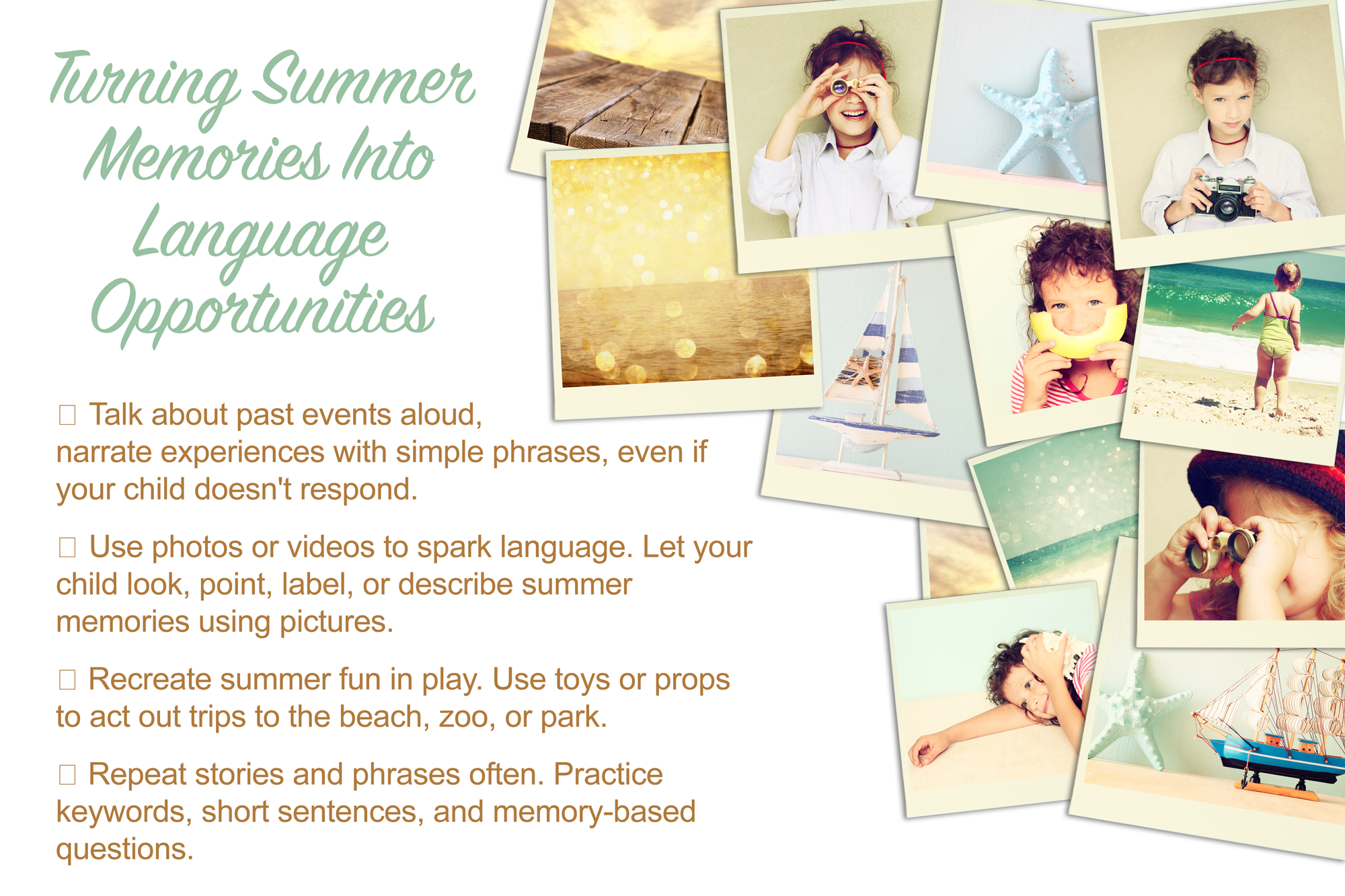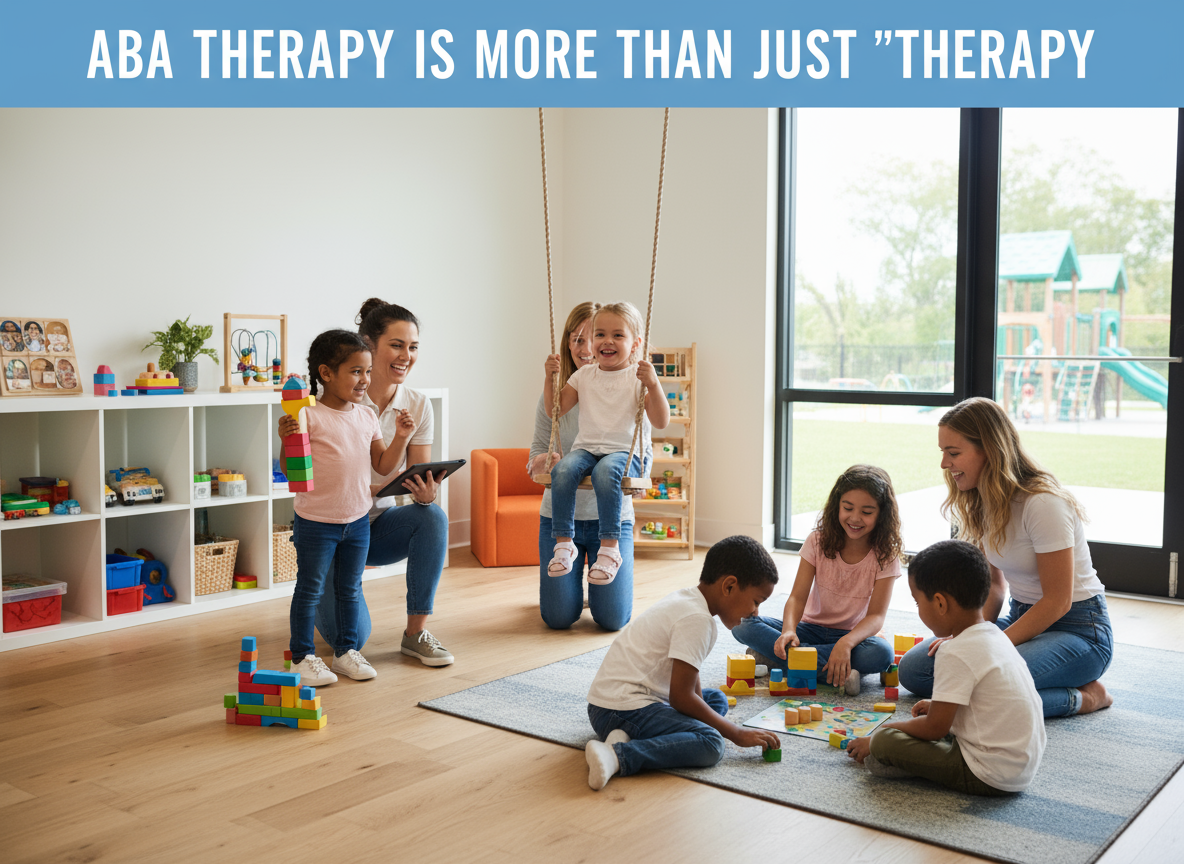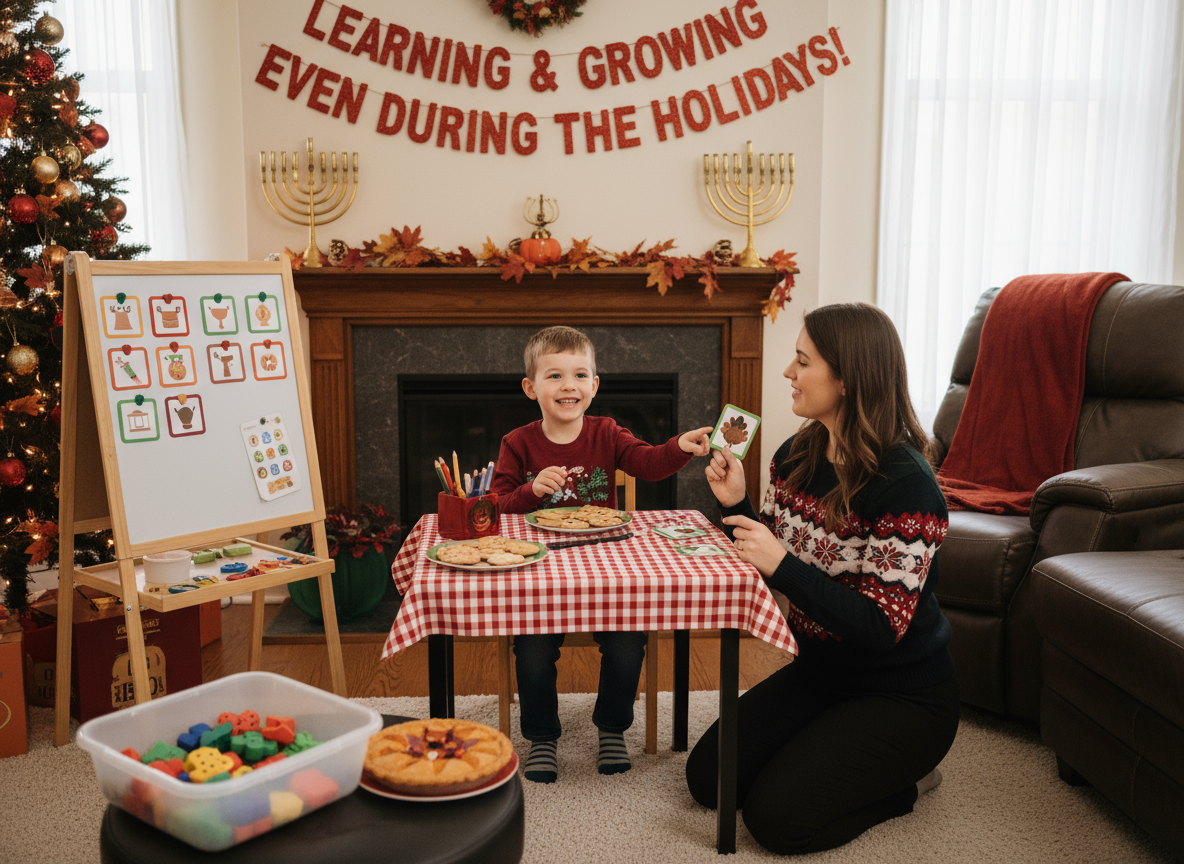
Summer is full of exciting moments for young children—beach days, ice cream treats, family trips, splash pads, or simply playing outside in the sun. For children under 6 with autism, these experiences aren’t just fun—they're rich opportunities to build communication skills in natural, low-pressure ways.
Whether your child is verbal, nonverbal, or somewhere in between, here are simple and meaningful ways to use your summer memories to support language growth and social connection.
1. Talk About Past Events Together
After a summer activity, revisit the memory out loud—even days or weeks later.
Try this:
- “Remember when we went to the splash pad? You played in the water!”
- “We saw a big dog at Grandma’s house. Was it loud or quiet?”
Even if your child doesn’t respond right away, hearing you describe experiences helps them link language to real-life events. You can model key words and expand on what they might be thinking.
2. Use Photos as Communication Tools
Print out photos or pull them up on your phone. Visuals are powerful for children with autism and can spark conversations they may not be able to start on their own.
Ideas:
- Create a simple photo book of summer memories
- Use the pictures to label emotions (“You were laughing!”), actions (“We swam!”), and people (“That’s Aunt Sara!”)
- Let your child point, sign, or use a communication device to respond or comment
This is also a great time to work with your ABA therapist or speech therapist to turn photo-sharing into a functional language goal.
3. Practice Storytelling Through Play
Recreate summer experiences through pretend play. Set up a sandbox and “go to the beach,” or use dolls and toys to act out going to the zoo or park.
Why it helps:
- Encourages sequencing (first we drove, then we played…)
- Builds vocabulary tied to real experiences
- Strengthens comprehension and expressive language
Your child might say just one word or sound at first—that’s okay! Follow their lead and expand as they go.
4. Use Repetition to Build Confidence
Young children with autism often learn best through repetition. Re-telling a story or revisiting a favorite memory multiple times builds familiarity with words, concepts, and feelings.
Try:
- Reading the same “summer story” photo book together
- Asking the same simple question each time: “What did you eat at the picnic?”
- Using the same sentence structure: “I saw a ___” / “We went to the ___.”
The more practice they have, the more confident they’ll feel communicating.
5. Celebrate All Attempts to Communicate
Communication isn’t just talking. Pointing, signing, gesturing, using a picture, or pressing a button on a device are all powerful forms of expression.
Celebrate every attempt with praise and encouragement:
- “You showed me the swing! Great job telling me what you liked!”
- “You used your words to say ‘ice cream!’ That’s awesome!”
Positive reinforcement builds the motivation to keep communicating.
Final Thought:
Summer memories aren’t just snapshots of fun—they’re stepping stones toward meaningful communication. By talking, playing, and connecting through those experiences, you’re helping your child find their voice in their own way and at their own pace.
So as the summer winds down, keep those memories alive—and let them become tools for growth, joy, and connection.
✅ Parent Checklist: Turning Summer Memories Into Language Opportunities
☐ Talk about past events aloud
Narrate experiences with simple phrases, even if your child doesn't respond.
☐ Use photos or videos to spark language
Let your child look, point, label, or describe summer memories using pictures.
☐ Recreate summer fun in play
Use toys or props to act out trips to the beach, zoo, or park.
☐ Repeat stories and phrases often
Practice keywords, short sentences, and memory-based questions.



